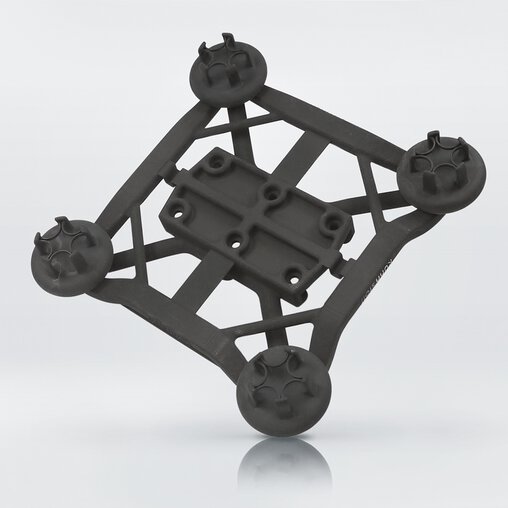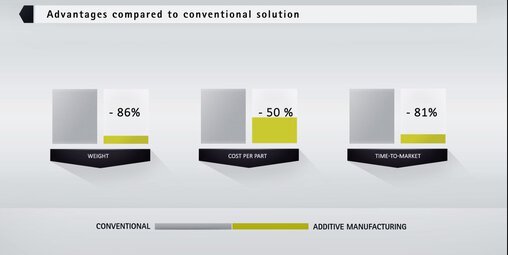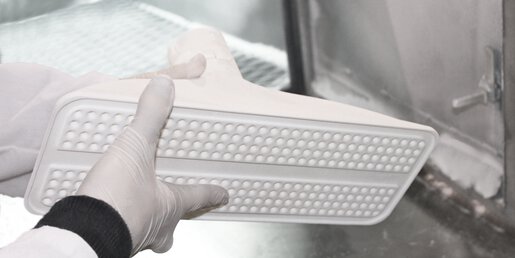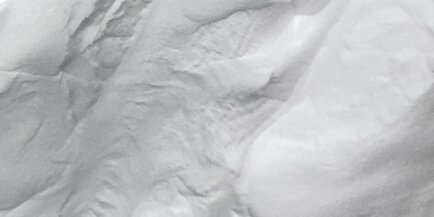Reliable & Light, Flexible & Smart Grippers for Robots From the 3D Printer
Automation is moving forward, and all types of production and intralogistics processes are becoming increasingly networked thanks to digitalization. Robotics and gripping systems play a key role in this. But gripping technology in particular is constantly facing new challenges. Additive manufacturing makes it possible to address rapidly changing market trends in a targeted manner.
Lightweight, cost-efficient & customer-specific
Robotics is no longer just viable for large corporations – SMEs can benefit too. The background: lighter gripping tools designed for smaller, more cost-efficient robots can be placed on the market. As a result, automation solutions require significantly less investment and pay for themselves more quickly. Besides lower costs, a lightweight gripper with the same load capacity supports faster movements and hence shorter cycle times – a central objective in the manufacturing world.
Industrial 3D Printing Is the Key to Mastering the Latest Trends in Gripping Systems.
Additive manufacturing allows you to make stable, lightweight parts with directly integrated functionality that can reliably withstand millions of work cycles. In addition, if the transported product changes, the design of the gripping system can quickly be adapted using CAD data, even if it’s complex, reducing the time-to-market considerably.
Wittmann & Kuhn-Stoff Bronchial Grippers
The Wittmann group was looking for a lightweight solution with a flexible membrane to control a pair of gripper tongs by compressed air. The solution needed to incorporate all pneumatic connections and channels directly into the plate itself.
After simplifying the design, stable grippers on a functional plate were successfully manufactured in small series production on an EOS FORMIGA P 100.
- 50 % lower production costs
- 3 days production time down from 12 days
- Weight reduced by 86 % to 220 grams
- 2 components instead of 21, reducing the assembly cost
Intelligent Functional Integration for Grippers Flexible, Reliable & Smart
Process safety plays a key role with gripping systems to avoid handling errors. However, grippers that are more flexible are also desirable, allowing them to handle different workpieces. Ideally, production should be monitored in real time to identify any faults or potential optimizations using the recorded data.
Additive manufacturing is the key to integrating additional functionality such as sensors, intelligent valves, or automatically customized suction cups. Hinges, air ducts and sensor mounts can be integrated directly into the design of the gripping system and realized during production. This also eliminates unnecessary assembly steps, reducing the manufacturing costs.
Gripper Configuration Automated to Fit the Right 3D Design
Design work costs money and time. Another factor is that the necessary design and CAD expertise may not be easy to acquire. Using gripping systems as an example, trinckle and Kuhn-Stoff teamed up to investigate how an efficient development and design process can be automated without requiring in-depth knowledge of 3D design and CAD.
















